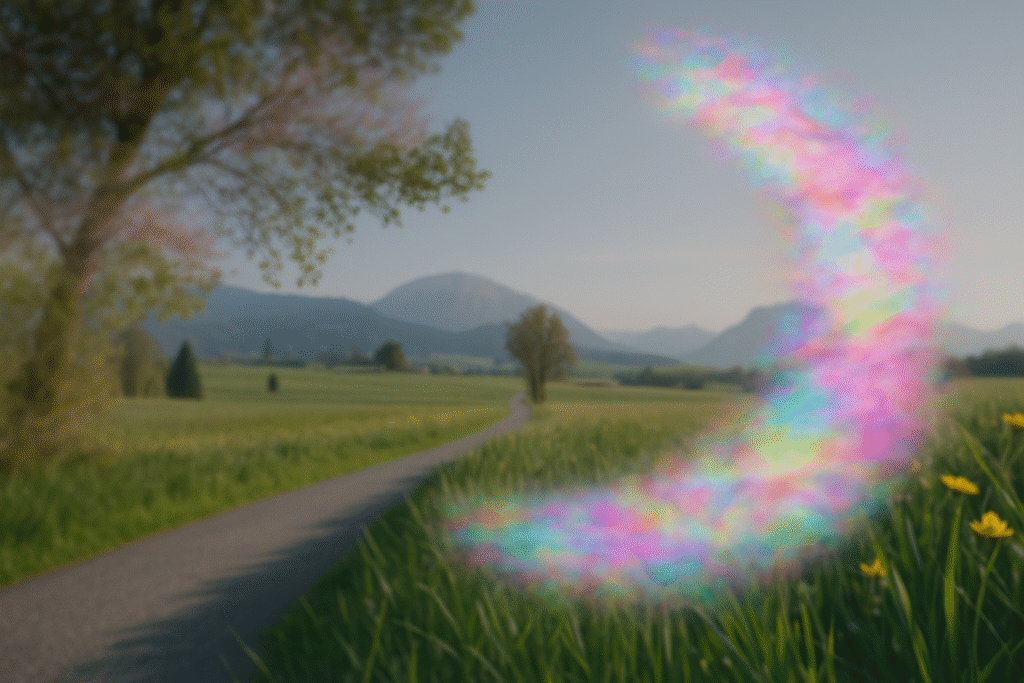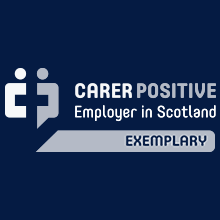Information
We are commonly asked about migraine aura and its investigation and management. This advice is designed to be used in conjunction with existing advice about migraine treatment on Refhelp.
Migraine aura
Migraine aura describes the transient neurological symptoms that may accompany migraine headache and occasionally occur in isolation. About a third of people with migraine experience aura, usually preceding or during the headache phase. The vast majority (90%) are visual, but vertigo, disturbances of sensation, speech, motor and brain stem function (e.g. ataxia, diplopia) may all occur. Typically, aura lasts between 5 to 60 minutes, occasionally longer, in rare cases up to 24 hours. Aura is typically positive (i.e. zigzag lines rather than loss of vision, tingling rather than numbness).
Aura frequently occurs without headache, especially as people age
Aura may occur always, sometimes, or never in people with migraine. Up to 40% of people with typical migraine report occasional isolated aura (i.e. without headache). Aura occurring alone without ever having headache is well recognised, if uncommon.
Diagnosis – an event lasting minutes, not seconds, and which evolves over time

Diagnosis is clinical and often obvious, especially with typical visual aura. The symptoms tend to evolve over minutes (unlike TIAs), and usually last longer than TIAs or focal seizures (which last a minute or two at most), which are the usual differentials.
Look out for symptoms that are DYNAMIC – e.g. spreading or getting larger across the field of vision over minutes or spreading up the arm into the face. If one symptom starts, e.g. speech problems, as one symptom is improving, e.g. sensation, that is often good evidence for migraine.
Do they need investigation in primary care?
Not usually unless atypical features. Sometimes migraine can be triggered by other neurological conditions but only worry about that if there are persistent other neurological symptoms or signs.
Do they need to see a Neurologist?
Not usually, but we are happy to discuss cases. Brain imaging is not usually required for typical aura.
General Lifestyle Advice
Like headache, migraine aura can be managed without medication by identifying and excluding triggers where possible, restricting caffeine intake, and managing stress, sleep deprivation, diet etc.
Medical treatment of aura – migraine treatment doesn’t usually help.
There are no effective symptomatic therapies for aura alone – the available symptomatic drugs are for headache and nausea. Base treatment on whether there is a bad headache, not on the aura symptoms. If there is intrusive headache, then consider standard prophylaxis for migraine. If there isn’t, then it can still be considered, but with lower expectations that it’s going to help and check whether your patient wants to take medication or perhaps is more interested in understanding that migraine aura is not dangerous.
Aura in older patients
Older patients may present with frequent or escalating migraine aura, which understandably makes them, and their GPs, worry whether they are going to have a stroke. Usually, patients just want to know that it’s not dangerous. They can be told that this is a common issue, especially with ageing. There’s no definite epidemiological evidence linking escalating migraine aura with stroke.
Apart from migraine prophylaxis above, a very small amount of non-randomised evidence exists to support a trial of Aspirin 75mg in this group, which sends a mixed message but is perhaps worth trying in the absence of any other intervention if symptoms are interfering with day to day activity, and especially if there is another reason for the patient to be on it.













